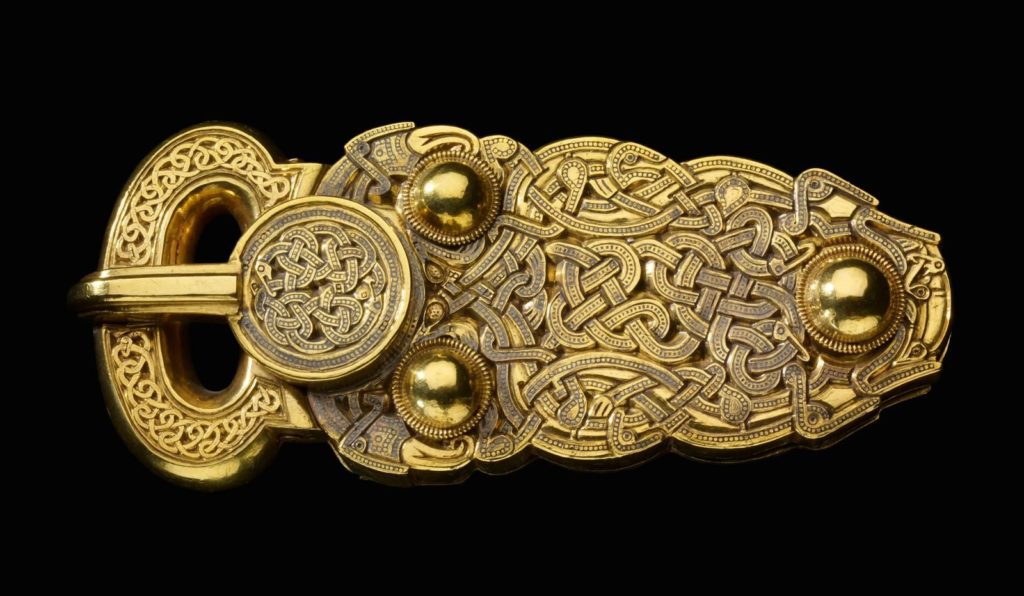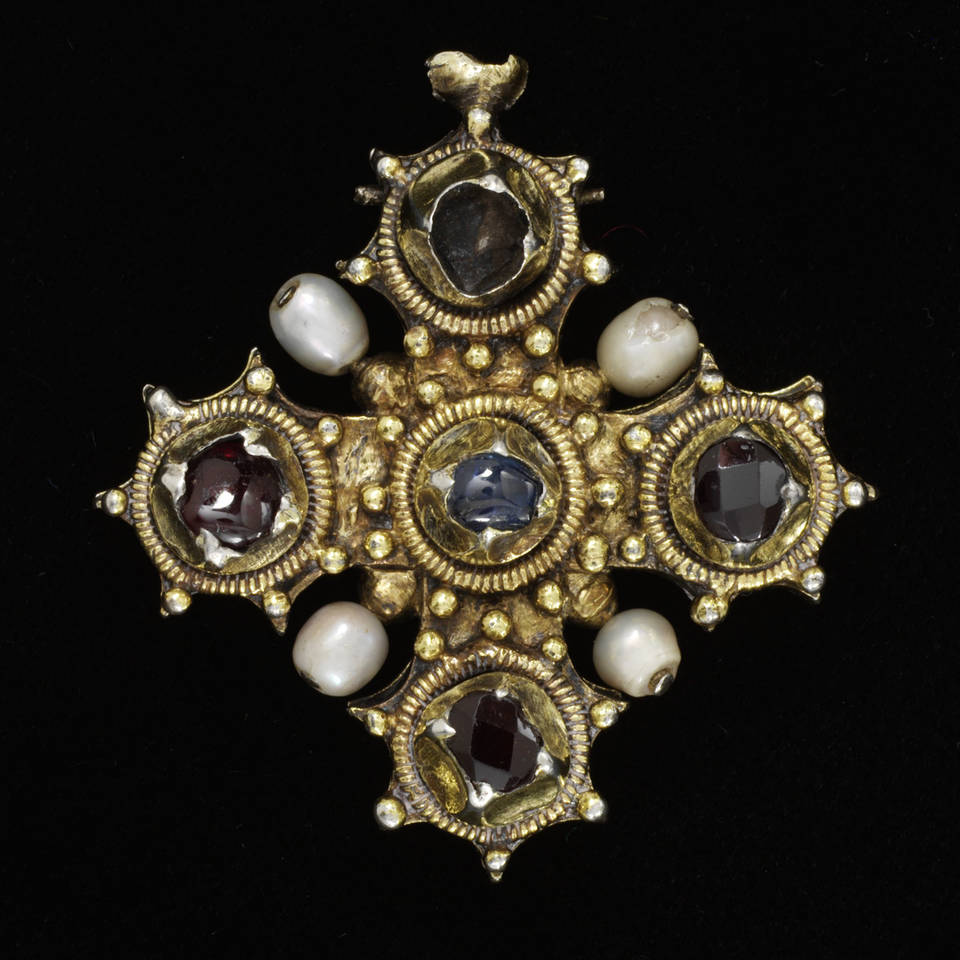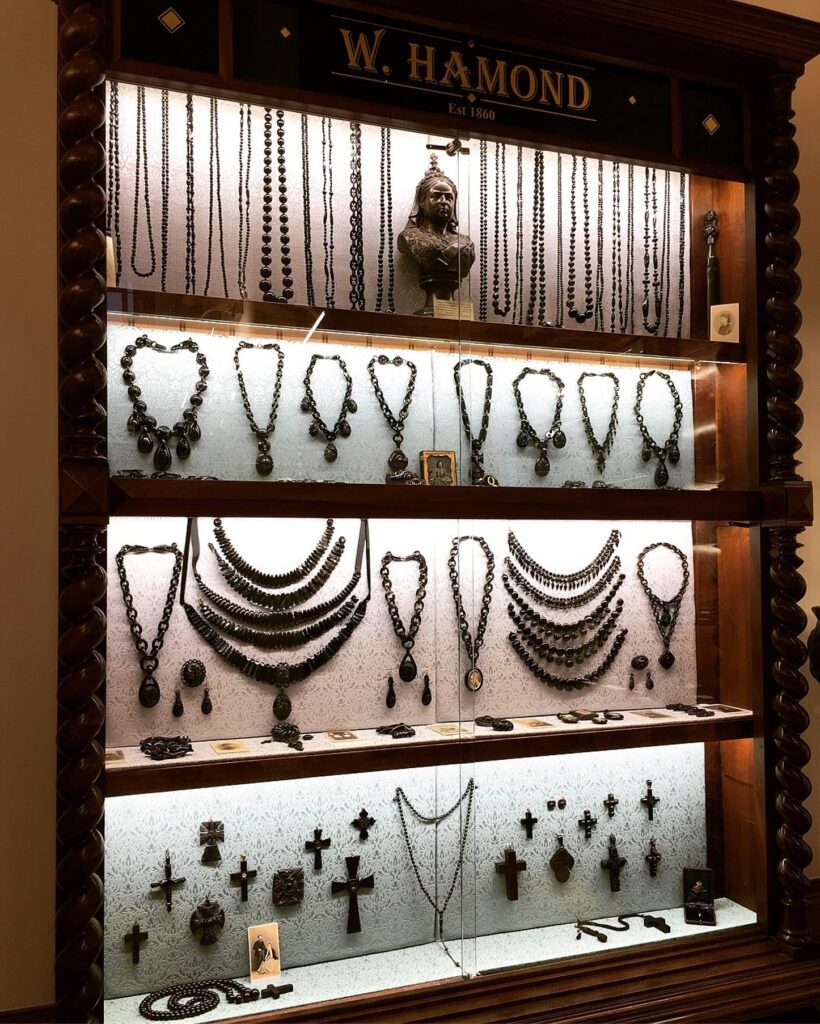The history of the Hatton Garden jewellery district

London has a rich and varied history dating back to Roman times and the archaeological records show that jewellery production dates to at least this period, evidenced by the discovery of the Temple of Mithras near the Bank of England. Following the withdrawal of the Romans from Britain in the fourth century AD, the Anglo-Saxon tribes that dominated for the next five centuries continued to make jewellery in the heart of what is now modern-day London. Over the years, gold and silver necklaces, rings, bracelets, and other items of jewellery containing amber, amethyst and glass beads have been discovered. We have a very good understanding of Anglo-Saxon jewellery design courtesy of the discovery in 1939 of the Sutton Hoo ship burial site, which contained numerous examples of contemporary jewellery, many of which are on display in the British Museum, including the world famous “Greta Gold Buckle.” After the Norman conquest in 1066, London formally became the capital city of the newly formed kingdom and its commercial power and reach expanded dramatically. One of the most profound jewellery pieces created during this period were the Crown Jewels, originally brought to life for the coronation of Edward the Confessor in the 10th century. Unfortunately, nearly all the original Crown Jewels were melted down by Oliver Cromwell and the ones you see today in the Jewel House at HM Tower of London we actually made in the 17th Century.

By the middle ages, the jewellery industry was well established in London. To prevent forgery, The Goldsmith’s Company established the first Assay Office in the fourteenth century, whereby jewellers were bound to have the quality of their pieces assessed at Goldsmiths’ Hall in a process that logically become referred to as ‘hallmarking.’ If an item was deemed to be of acceptable standard, it was stamped with a leopard (to this day the symbol of the London Assay Office). If it were found to be substandard it would be forfeited to the royal treasury, as both an incentive to produce good quality material and as what we might term a ‘stealth’ tax in modern parlance. A fascinating exhibition of surviving medieval jewellery can be viewed at London’s Victoria and Albert Museum. Hatton Garden owes its association with the jewellery trade to the 1666 Great Fire of London, which swept through Cheapside, the previous jewellery centre, effectively putting it out of action. The neo-Gothic and Romanticist trends of the Victorian and Edwardian eras greatly influenced the development of Hatton Garden in the nineteenth and early twentieth century. Jewellers of this era often looked back the middle ages for inspiration. Intriguingly in the twenty-first century we are starting to see things turn full circle, as many modern customers are looking back to both the Art Deco era and that of the Victorian age for inspiration in their designs.

Following the death of Prince Albert in 1861, Queen Victoria embarked on four decades of mourning until her own death in 1901. This pervaded all aspects of British society and even influenced the jewellery industry, where black stones, such as jet, became increasingly popular. Despite the Industrial Revolution, which gripped nearly all sectors of the British economy in the nineteenth century, Hatton Garden remained, and still remains, a remarkably artisanal patchwork of small jewellers, craftsmen, and workshops. Following the devastating First World War, the 1920s and 1930s saw the rise of the clean and crisp geometric shapes of the Art Deco period, which began to displace those of the Art Nouveau (circa 1890-1910) era. Given the geometry of Art Deco designs, certain gemstone shapes, including Asscher, baguette, emerald and step-cuts, loaned themselves to it more than others. Hatton Garden received a real boost in the late nineteenth century when De Beers opened the their headquarters there and for over a century it remained the main centre at which they sorted the stones produced in their vast diamond mining complexes is Kimberley, South Africa. During the Second World War a number of Jewish emigres settled in London and many brought with them diamond cutting, polishing and trading skills, which lead to the founding of the London Diamond Bourse in 1940. In more recent years, Hatton Garden has diversified and now features co-working spaces, web development businesses, and a whole host of other enterprises, alongside that of its traditional, centuries old, jewellery and gemstone trade.
To create something bespoke with diamonds or coloured gemstones, simply visit London DE’s website or contact them to arrange a consultation with a member of their friendly team.
Visit their blog to explore similar articles.


